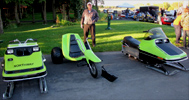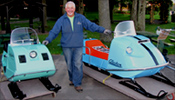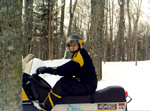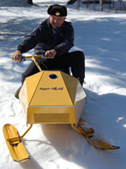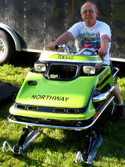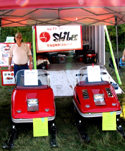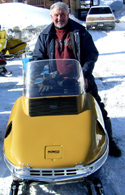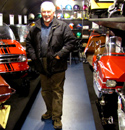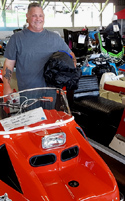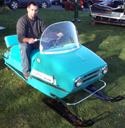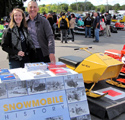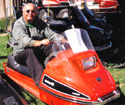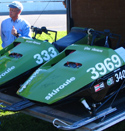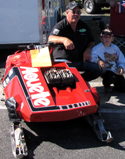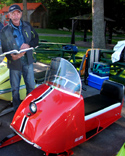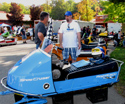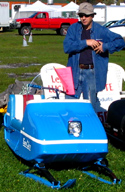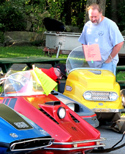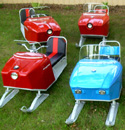
DAVID'S VINTAGE
SNOWMOBILE PAGE.
RESTORING THE
SPORT ONE PIECE AT A TIME.
IN THESE HARD
TIMES,
I'VE
LOST A COUPLE OF SPONSORS.
PLEASE... I NEED YOUR HELP.
PLEASE
MAKE A DONATION TO SUPPORT THIS SITE.
CLICK
ON THE PAYPAL BUTTON TO DONATE.

FEBRUARY
- MARCH 2025
DONATION
DRIVE PAGE 66
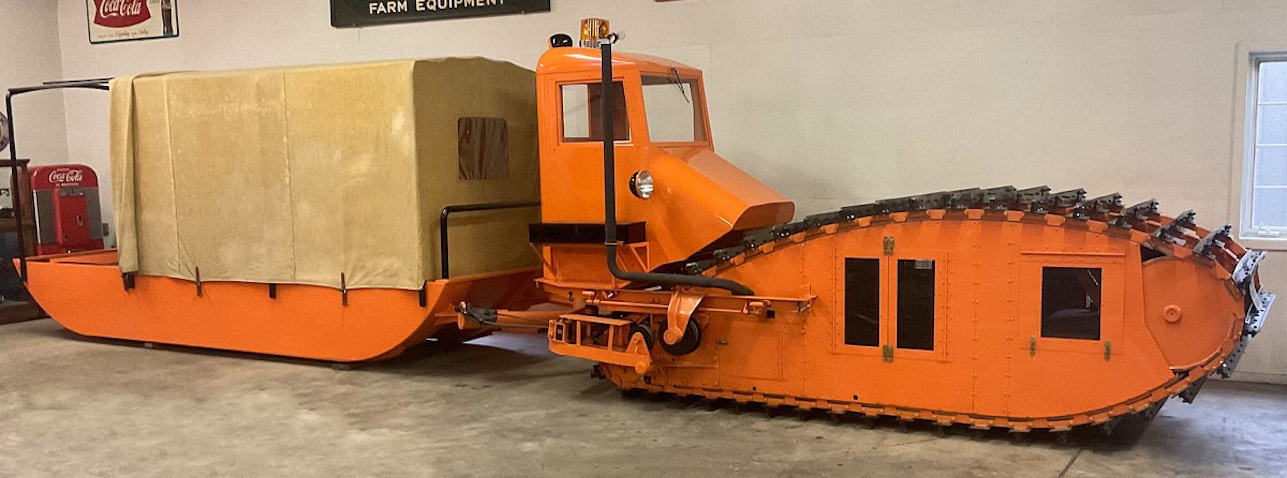
1938
MONARCH SNO-MOTOR SNOWMOBILE
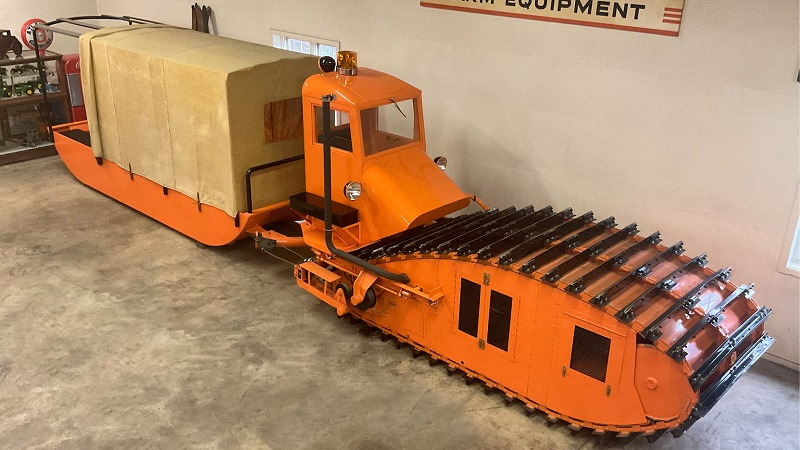

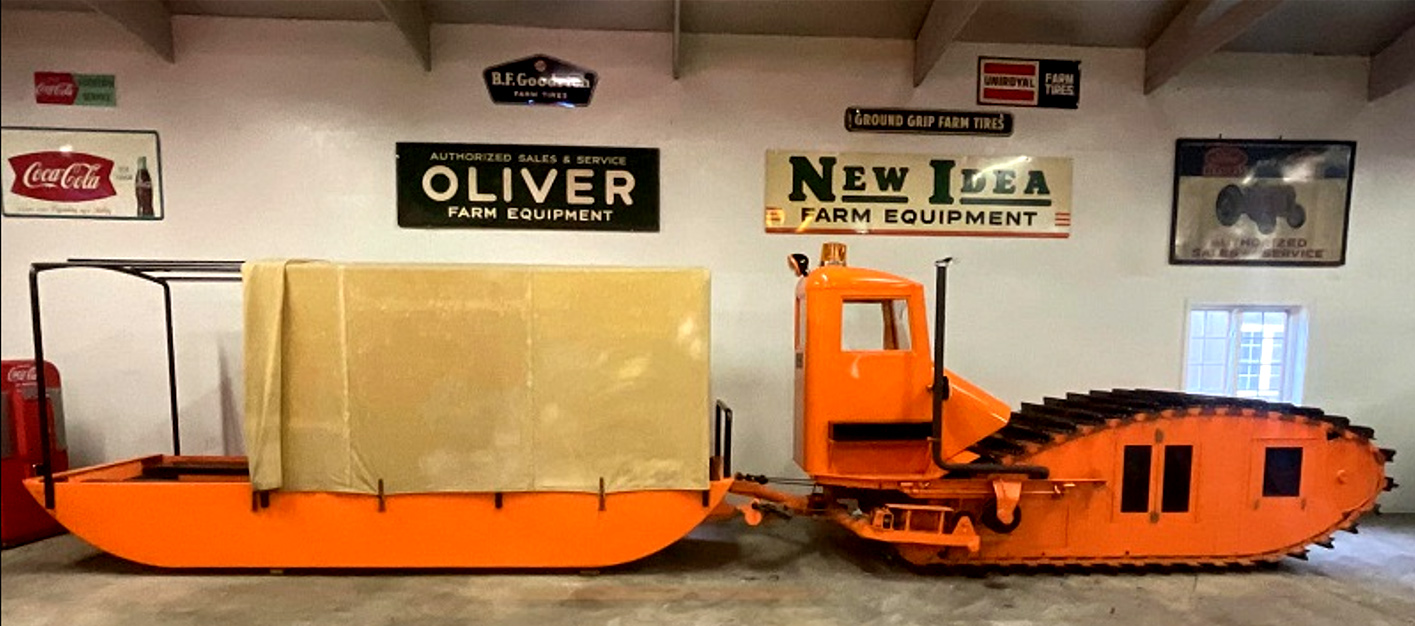
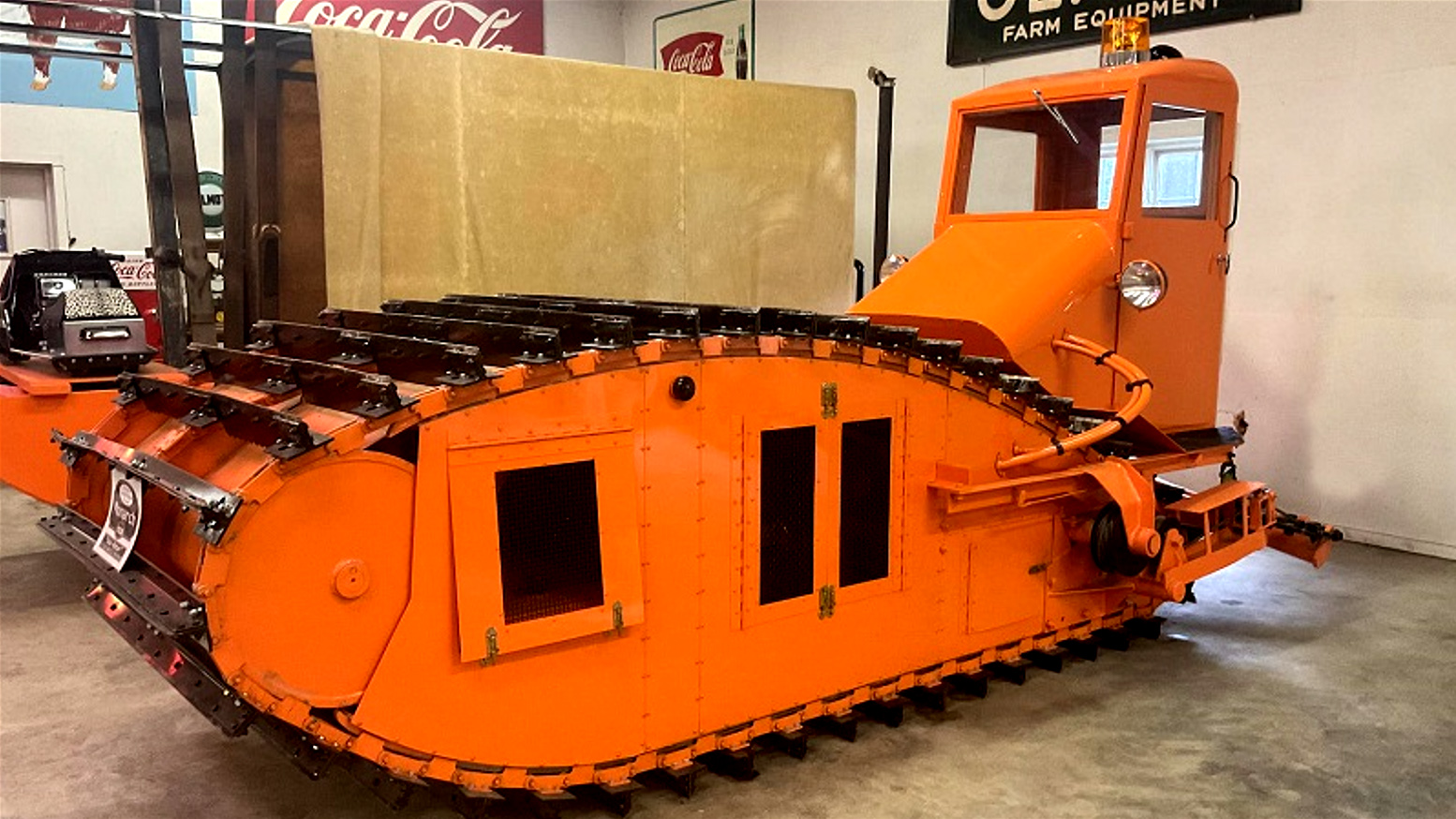
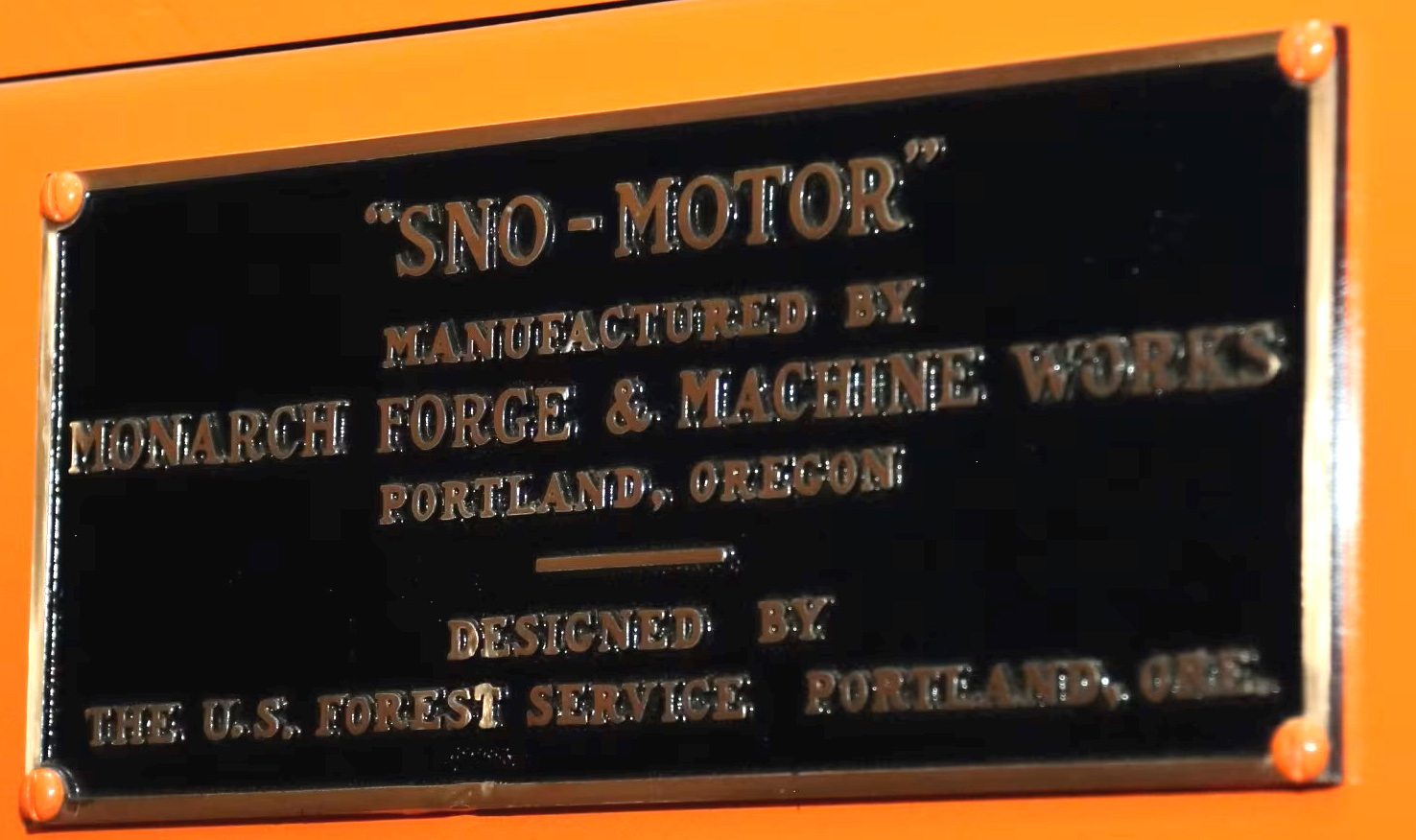
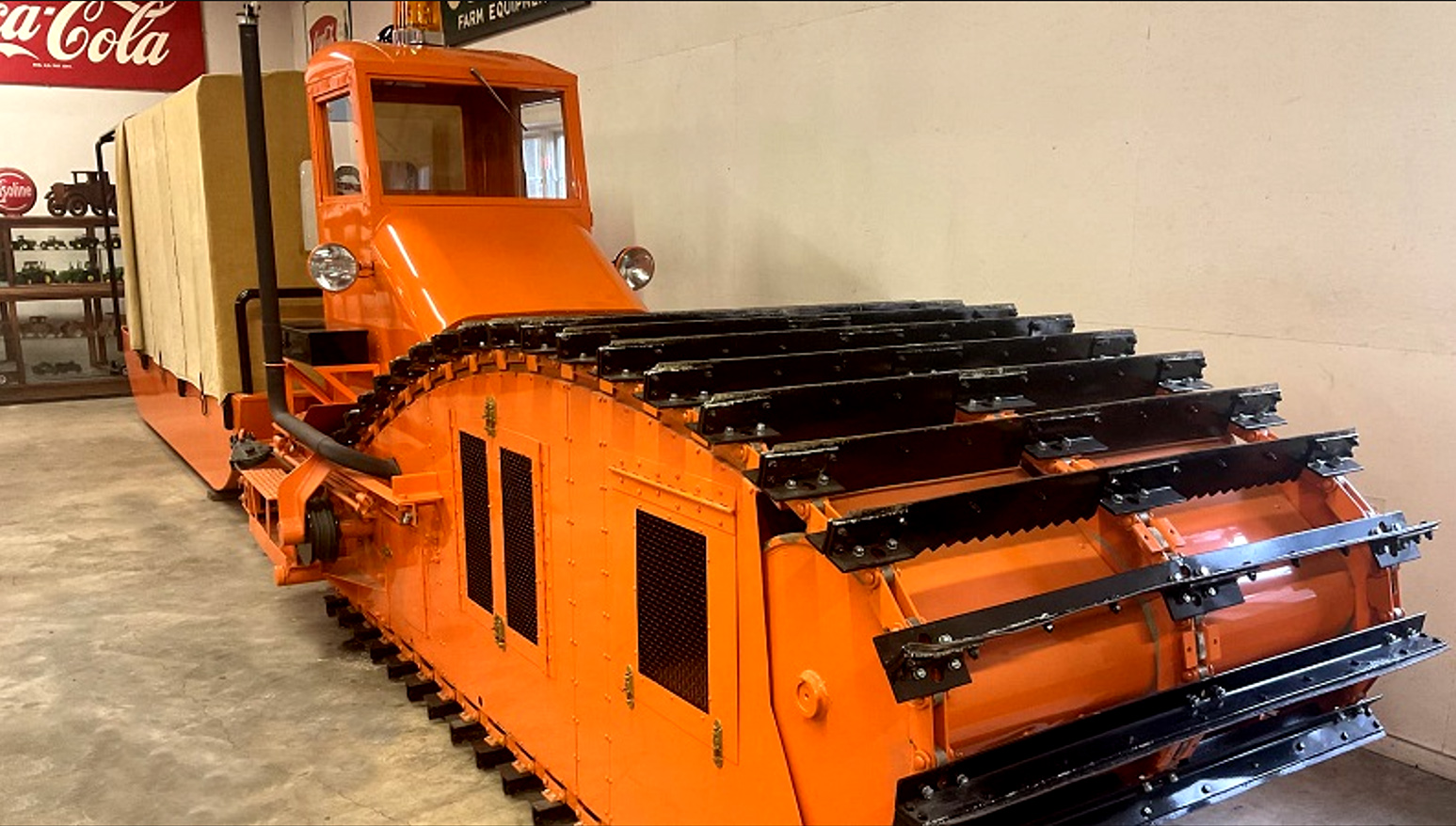
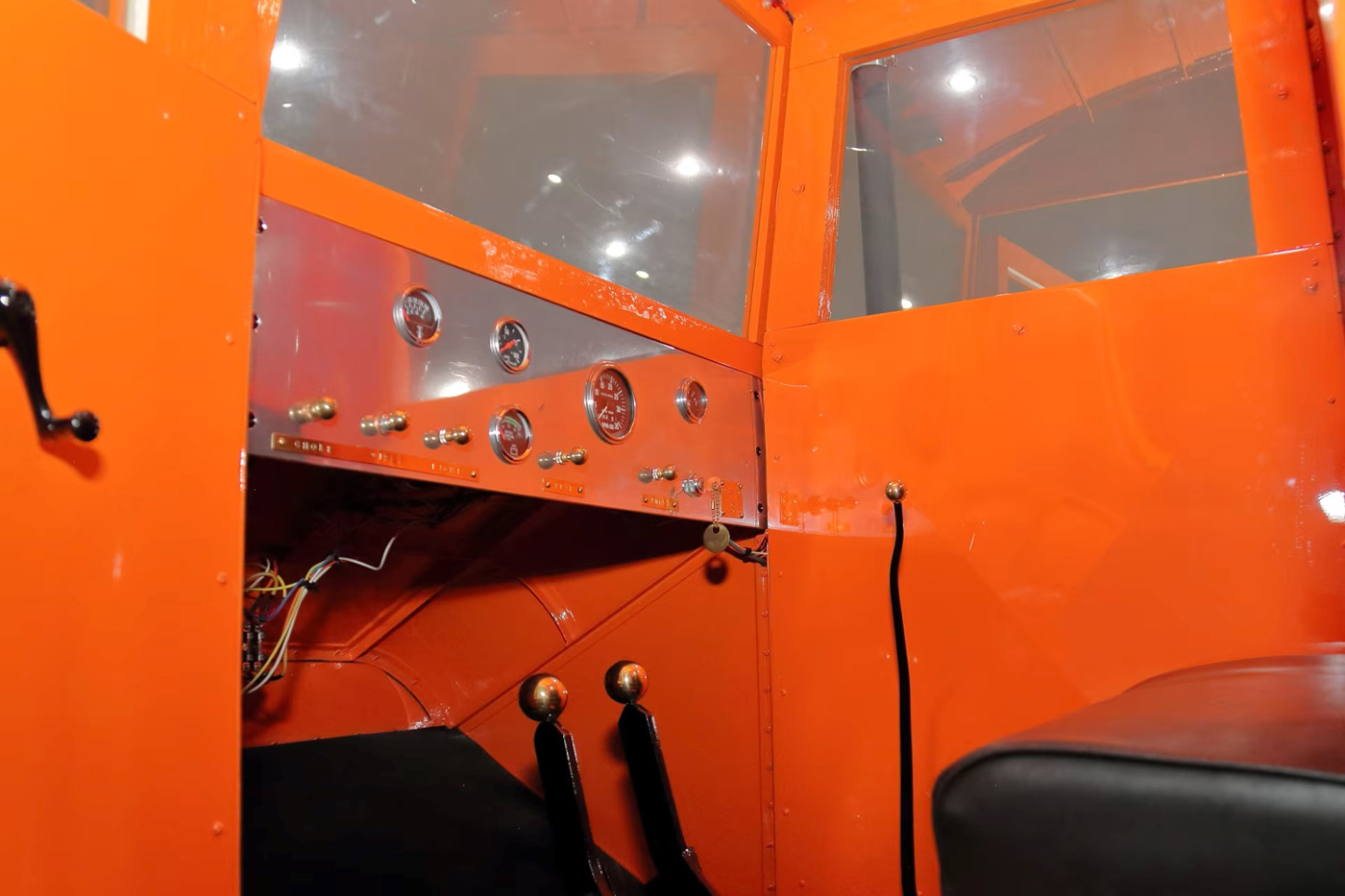
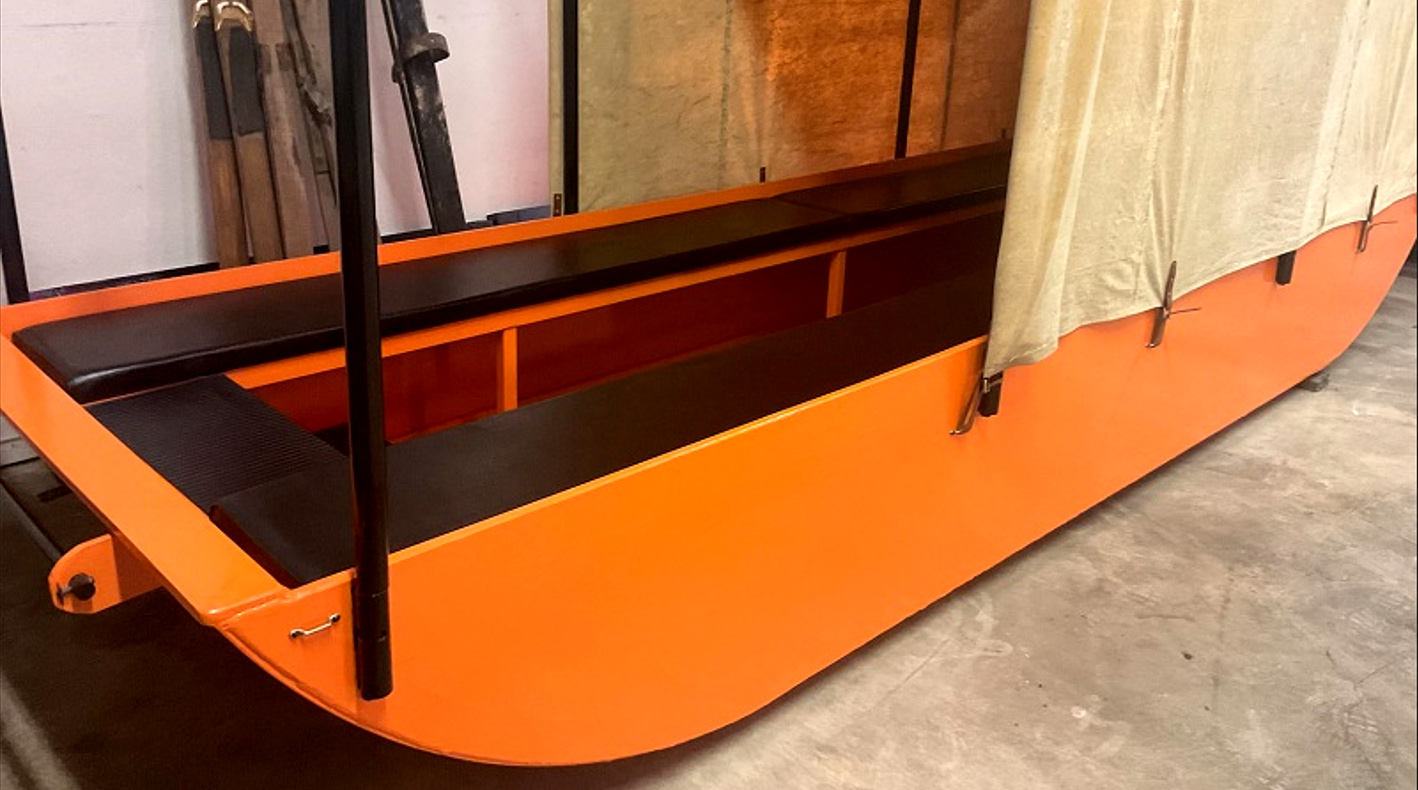
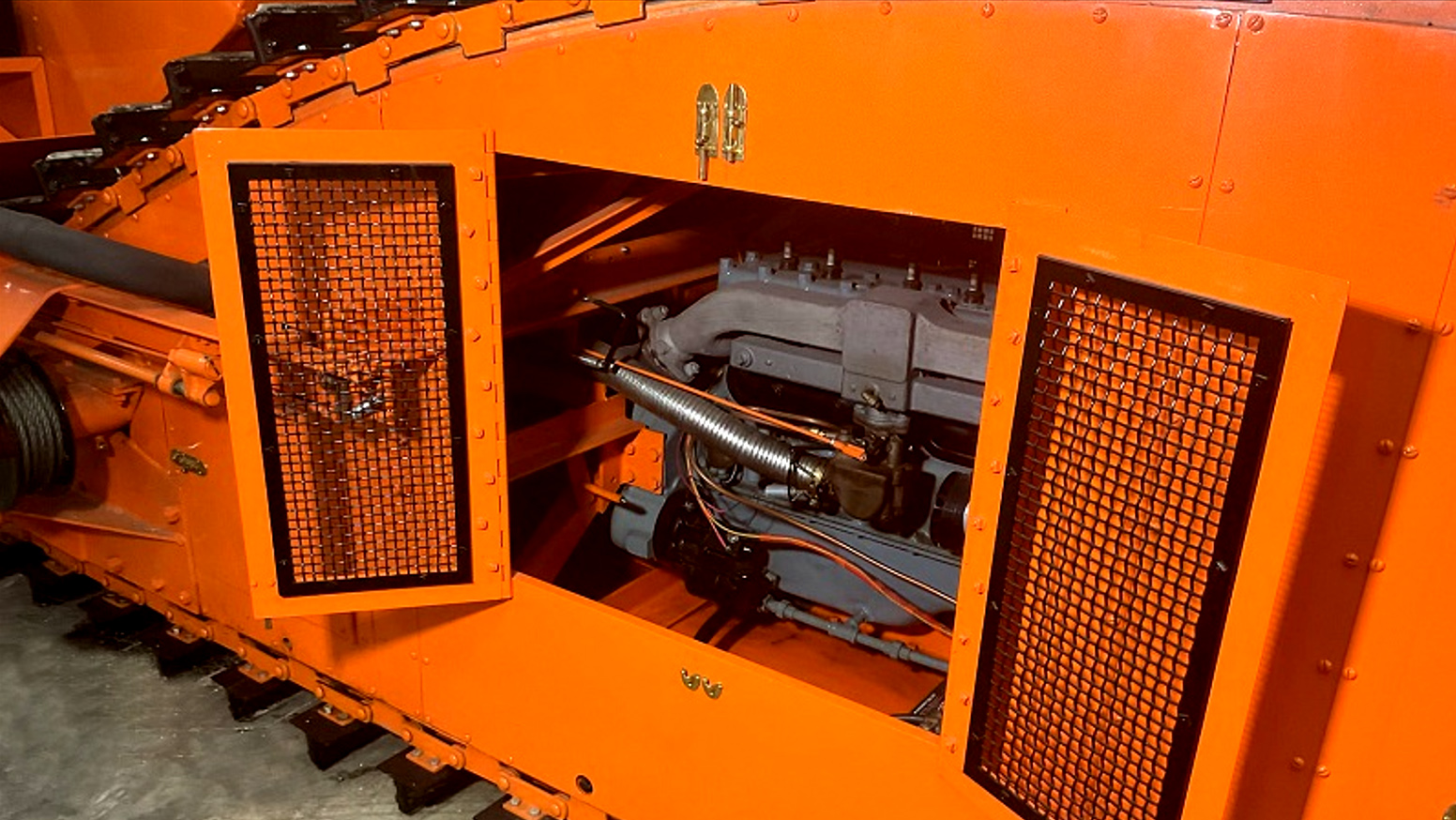
1938
MONARCH SNO-MOTOR
Monumental
restoration project for the George Schaaf team
HIGHLIGHTS
The
only one known to have survived and have been restored
Monumental
restoration project for the George Schaaf team
George
purchased from a collection in Lake Tahoe
Used
during the building of the Mt. Hood Ski Lodge. Upon completion, it was
used to bring skiers up the slopes
Manufactured
by Monarch Forge & Machine Works - Portland, Oregon
Designed
by the US Forest Service of Portland, Oregon and originally used to haul
wood
As
seen on the cover of Popular Mechanics Magazine - December 1949 issue
Hercules
flathead 6-cylinder engine Extensively restored
1938 Monarch Sno-Motor
Designed
by T. P. Flynn, Senior Equipment Engineer for the U.S. Forest Service of
Portland
THE
STORY
While
many brands and designs of snow vehicles have come and gone, perhaps one
of the most unique, rare and interesting was the 1938 Monarch Sno-Motor,
this example being one of only two ever believed to have been built and
the only believed to still exist.
The
original Magic Mile chairlift at Timberline Lodge on Mt. Hood in Oregon
was the second chairlift in the nation when it was
constructed,
and it was the Monarch Sno-Motor and Sled designed under the direction
of U.S. Forest Service Equipment Engineer
Ted
Flynn and Raymond Neils of the Forest Service Equipment Laboratory in Portland
that helped get it done.
Built
by the Monarch Forge and Machine Works of Portland, the Monarch Sno-Motor
has been described by some historians as
the
first truly efficient vehicle on snow.
According
to an April 1941 U.S. Forest Service bulletin, Flynn and Neilsí Sno-Motor
was designed to serve Timberline Lodge when
roads
were closed because of snow, though its wide variety of uses was quickly
realized not only for use by the Forest Service but by
the
U.S. military as well. Essentially a track-laying tractor steered with
a trailer sled attached by shock-absorbing devices, the
Sno-Motor
could carry more than 20 passengers up 30% grades, and a relation of trailer
widths to track length and weight distribution
was
worked out through trial and error to ensure it could operate in nearly
all snow conditions. An 87-mile trip with a load of seven
passengers
and 3,000 pounds along the crest of the Cascade Range was used to demonstrate
the Sno-Motorís ability to cover rough
terrain
and haul skiers where other vehicles simply couldnít go.
